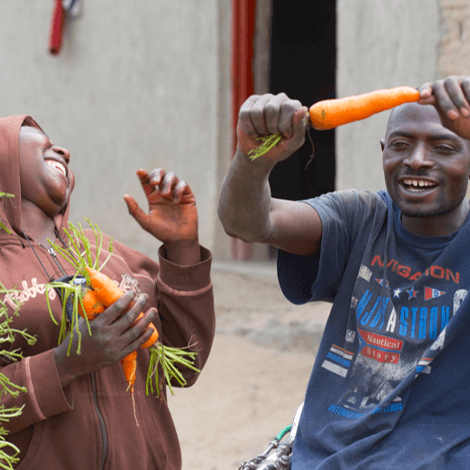
Our Projects are
Transforming African Trade
Quick Contacts
2nd Floor, Fidelity Insurance Centre Waiyaki Way, Westlands

Nairobi. Full integration of South Sudan in the East African Community (EAC) has been delayed by the prevailing turmoil there.
However, the regional body is optimistic that the on-going peace dialogue will see the war-wracked country settle down to business.
“Despite the turmoil, the huge territory has a lot of resources. Hopefully overtime, they will settle down,” said EAC secretary general Liberat Mfumukeko.
He said EAC would extend every necessary support to the current mediation efforts in collaboration with the Intergovernmental Authority on Development (Igad). The dialogue process that has been largely initiated by Igad hinges on power sharing between President Salva Kiir and his arch-rival Riek Machar.
However, it is far from being concluded as the two sides continue to differ on the modalities of the set up of the proposed administration structure in which Dr Machar will revert to his vice president position.
Mr Mfumukeko told reporters that South Sudan which officially joined EAC two years ago was already part of the Community although not fully integrated in many areas.
It has members in the East African Legislative Assembly (Eala), the legislative arm of the Community, and a judge in the EA Court of Justice, the judicial organ.
“A road map for the country’s full integration was presented and adopted during a recent ministerial meeting in Kampala,” he pointed out. South Sudan sent delegates for the first time to the just-concluded regional forum in Nairobi aimed to enhance integration of the bloc with the private sector and civil society as key players.
He, however, called on the new partner state to move quickly and establish all the required structures in the country for the effective integration in the bloc.
He underscored the need for fully-integrated East Africa “with all East Africans living in harmony with each other”.
Source The Citizen
Disclaimer: The views and opinions expressed in this article are those of the authors and do not necessarily reflect the official policy or position of TradeMark Africa.